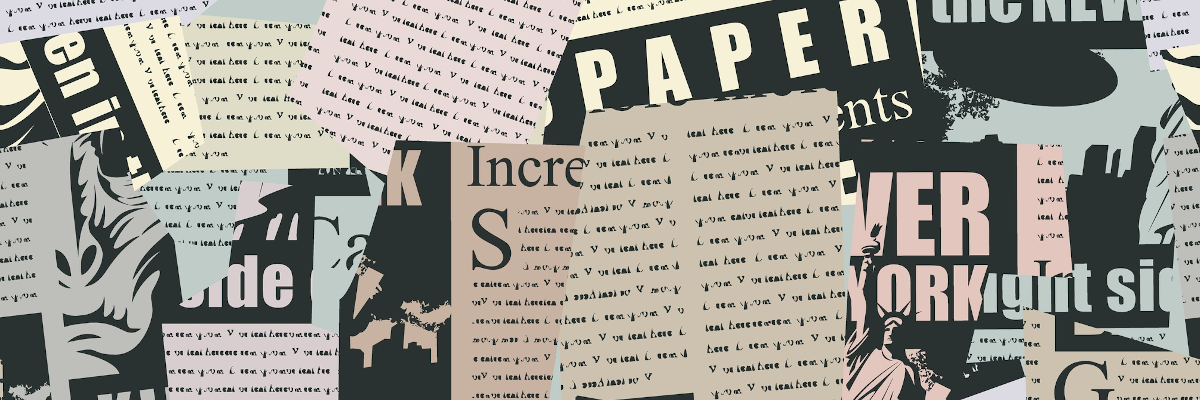
Two of the groups of people to whom we must show the greatest consideration are the widow and the orphan. It is these two who come in potential conflict when a man dies, leaving behind a widow and orphans. Upon death, the assets of a man are deemed to be in the possession of his sons. The widow then has a claim on the estate in the amount stipulated in her ketuba. However "a widow may not collect from the assets of the orphans except with an oath" (Gittin 34b) that she has not, unbeknownst to the children, received partial or even full payment of the ketuba.
As anyone who claims money from orphans must take an oath the Gemara questions the need to specifically mention that a widow must take an oath. The Gemara explains such is needed in order to disabuse us of the notion that we might make exception for the widow and not require an oath so that the woman not hesitate to remarry. If we make it too difficult for her to collect her ketuba - and imposing an oath is a great difficulty - she may hesitate to remarry. Fascinating but not at all uncommon when it comes to second marriages where finances play a much greater role that they do than for 20 year olds in love[1].
While one might have thought there is no need for an oath the Mishna goes on to teach, without explaining why, that we actually "prevent her from taking an oath" leaving her unable to collect her ketuba. In order to allow her to collect the ketuba, "Rabban Gamliel the Elder decreed that she should take a vow on whatever the orphans desire and collect her ketuba."
Jewish law has two related but distinct forms of legally binding oral commitments a shevua, an oath and a neder, a vow[2]. An oath relates to the person whereas a vow relates to an object. One takes an oath that he will abstain from alcohol for thirty days but takes a vow that should he drink alcohol in the next thirty days coffee shall be forbidden to him. As an oath relates directly to the person it is a much more severe violation of Jewish law to violate an oath as compared to a vow. The Rambam (Hilchot Teshuva 1:7) classifies one who violates a shevua, but not a neder, with the "severe sins" such as those of karet, excision, or even the death penalty.
Originally a widow would take an oath that she did not receive full payment of her ketuba. However fearing that the wife may lie the courts prevented her from taking this oath. As to why we should suspect the woman may lie - a very serious charge that seems unwarranted - the Gemara explains that it reflects the compassion of the widow combined with basic human nature. Because the widow will generally continue to care for the children and their financial affairs after the death of her husband, she justifies to herself that any amounts she may have collected in payment of the ketuba are to be viewed as remuneration for her efforts and not considered payment of the ketuba. She thus may swear, falsely, while viewing her oath as totally true.
When one recalls that these children may be her step-children - something that due to the young age many people died coupled with the allowance of polygamy was much more common in Talmudic times than it might be today - and not her own biological children this line of reasoning is more readily understood. Furthermore as we have previously noted Rabban Gamliel's Presidency, corresponding to the end of the Second Temple period, was one marked by corruption, disunity and hatred, a breakdown of the social order and for many poverty. The Sanhedrin unable to administer justice to all segments of society exiled itself rather than enforce the law only for some (Sanhedrin 41a). Is it any wonder that there were those who might swear falsely?
With the widow denied the opportunity to take an oath she was now unable to collect her ketuba. Of course there is nothing to prevent the children from giving their (step)mother the value of the ketubaand presumably that is what often did happen. Alas, such did not happen often enough and many women were cut out of the estate forcing Rabban Gamliel to act. Fearful of the terrible punishment for taking a false oath he decreed that the widow be allowed to take a vow forbidding upon herself some item to be chosen by the children if she had collected her ketuba. The children knowing the love their mother might have say for chocolate would have her vow "chocolate should be forbidden to me for as long as I live if I have collected any amount from the ketuba." Upon taking this vow she could then collect her ketuba.
As to why we are not afraid that one who would take a false oath would also be willing to make a false vow we have no such illusions. Those who lie, lie. Rather it was the severity of and the potential punishment for taking a false oath as compared to the relatively minor impact of a false vow. The Gemara notes that even an oath where one truly and honestly believes the oath to be true but unbeknownst to them is false makes is liable to bring severe consequences[3] up to and including death.
It was not so much lying the rabbis were concerned with but with the potential punishment she might bring upon herself with such a lie. Thus Rabban Gamliel the Elder found a way to allow the woman to collect the ketuba while at the same time ensuring that those who collect falsely will be committing a much lesser sin.
This idea of helping people recover monies owing to them even if it acknowledges sinning of is what lay behind the pruzbul, whose institution by Rabban Gamlilel's grandfather Hillel is recorded in this same Mishna. We will please G-d, discuss the pruzbbul in our next post.
[1] This explanation follows along the line of Rashi. Yet as Tosafot points out it contradicts the assertion made elsewhere that "they prefer to sit with two than to sit alone" i.e. that woman are always eager to marry and no incentives are needed to encourage such. We will please G-d return to this topic when we study Kiddushin.
[2] While one has must "follow that which comes out of one's mouth" (Devarim 23:24) that is a moral not a legal obligation.
[3] In a similar vein Yaakov's oath that to Lavan "with whomsoever you find your gods shall not live" (Breisheet 31:32) is fulfilled despite the fact that "Jacob knew not that Rachel had stolen them."



